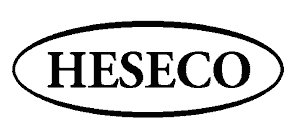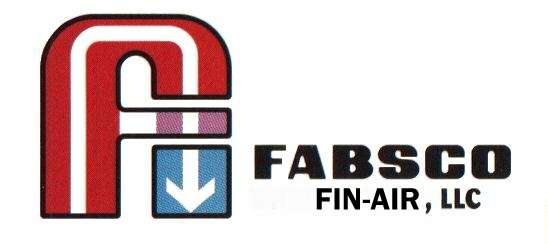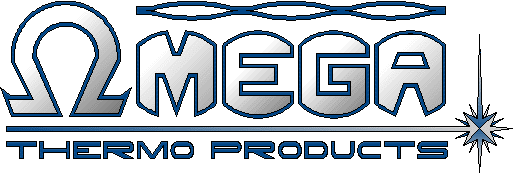Product Categories
- All
- Air Cooled Heat Exchangers
- Air-to-Air Heat Exchangers
- Indirect Heat Exchangers for Solids
- Cooling Towers
- Direct Fired Heaters
- Electric Heaters
- Electric Heating Elements
- Finned Tube Coils
- Hairpin, Double Pipe Heat Exchangers
- Heat Exchanger Service and Parts
- Heat Recovery
- Indirect Fired Recirculating Gas Heaters
- Industrial Duty Electric, Steam and Glycol Heaters
- Mist Eliminators
- Pipeline Heating Systems
- Plate Coil Sections and Assemblies
- Plate & Frame Heat Exchangers
- Scrubbers and Thermal Oxidizers
- Shell and Coil Heat Exchangers
- Shell and Tube Heat Exchangers
- Spiral Heat Exchangers
- Thermal Fluid Systems
Heat Recovery
Various Suppliers
There are two basic types of heat recovery or heat exchange: direct and indirect. Direct is when the hot and cold streams come together in direct contact with one another and mix. In indirect, the streams are separated by heat exchange surface; the heat is transferred from hot stream to cold stream through the tube or plate of the heat exchanger.
Direct Contact Heat Recovery
A direct contact system transfers heat from a hot gas to water through a vessel with mass transfer internals, much like a wet air scrubber. The water contacts the wet gas and heats up in part because of the cooling gas, but primarily as a result of water vapor condensation. For example, hot water can be used for combustion air preheating and for preheating wet feed prior to a dryer.
Indirect Heat Recovery
Indirect heat recovery systems take various forms depending on fluid properties, temperatures and fouling potential. When dealing with two gas streams, the most straight forward system is an air-to-air heat exchanger, which uses tubes or plates. For the heat exchange, the hot side exhaust gas passes through the tubes or through "envelopes" formed by plates, and the cold stream passes over the exterior of the tubes or envelopes. These exchangers can be designed for high temperatures and dirty air streams. Construction materials are aluminum for HVAC applications, and carbon steel, stainless and other alloys for industrial applications. High temperature units use integral expansion joints and thermal insulation. Air-to-air exchangers are used most often when the hot exhaust gas and the cool make up gas are relatively close to each other. If long runs of duct work are required, it may be more cost effective to use a recirculating liquid system with a heat exchanger with "hot" and "cold" sides in each of the gas streams. The waste heat is transferred to a heat transfer fluid (water, glycols or thermal fluids) via the heat exchanger. The heated fluid is then pumped to the cold side heat exchanger, which heats the cold air stream. Once the fluid is cool, it returns to the hot side heat exchanger coil.

















